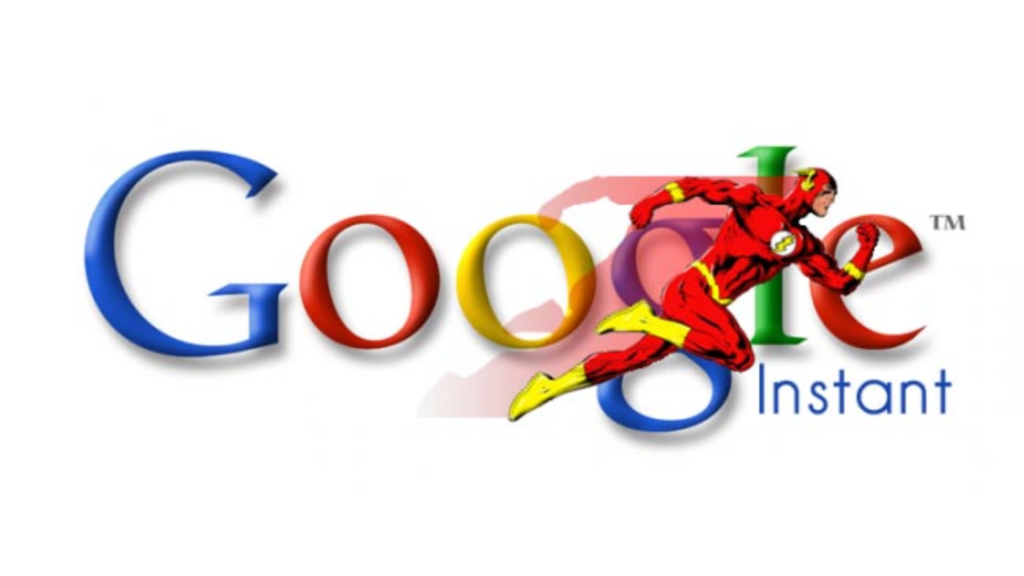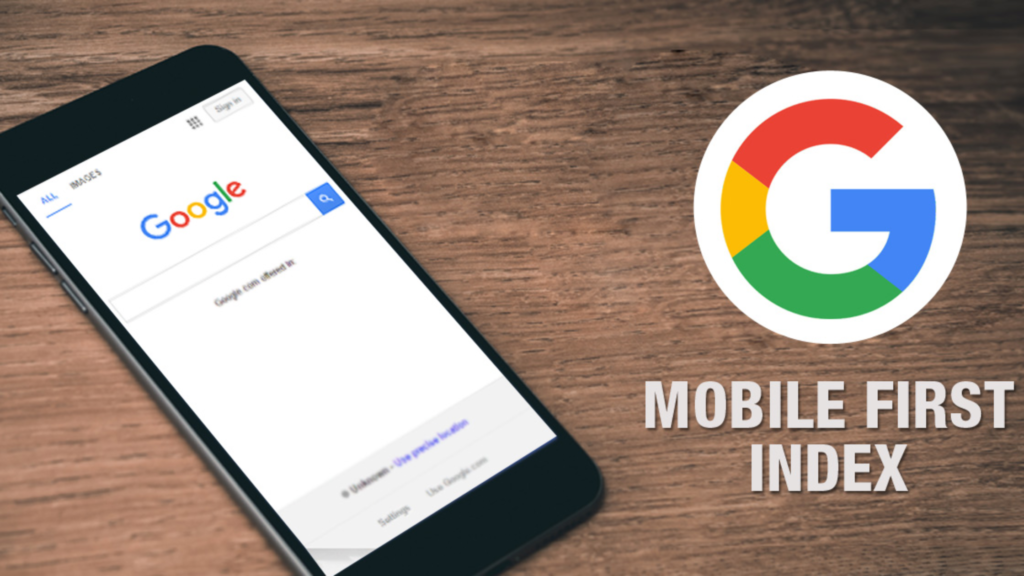I took a few days to observe and gather information before sharing this, avoiding the rush to disseminate unconfirmed details. Now, after roughly six days, I feel confident in presenting what I’ve learned.
Let’s dive in…
Penguin: The History
The original Penguin algorithm arrived on April 24, 2012 and was aimed at rooting out and penalizing websites with low-quality links and too many keywords. Alongside the Panda algorithm, Google wanted to reward sites with valuable, relevant links, and penalize sites that had built unnatural links solely for the purpose of increasing their search rankings.
Penguin originally affected around 3.1 percent of all search queries and had a great impact on how webmasters approached SEO, causing many to shift towards more unique content. Penguin 2.0 made further tweaks to the algorithm, affecting around 2.3 percent of all search queries.
Penguin 3.0: What’s New?
Rumors of a Penguin update swirled throughout the SEO community last weekend, eventually culminating in the release of Penguin 3.0. However, the update rollout was marked by confusion and uncertainty. Despite initial speculation of a harsh impact, the update proved to be less severe than anticipated.
Adding to the confusion, Google’s statements regarding the rollout were inconsistent. John Mueller initially declared the update complete, only to retract his statement hours later. Pierre Far later confirmed that the rollout was ongoing and would likely last for several weeks. This discrepancy between Google’s own communication generated considerable discussion within the SEO community.
Despite the initial chaos, the strong network of SEOs remained vigilant, detecting the update’s impact even before official confirmation from Google. This highlights the importance of staying informed and connected within the SEO community, especially during major algorithm updates.
What Happens When An Update Comes Out
When Google drops an algorithm update, I skip the forum frenzy and head straight to the trusted voices in my network – those real SEO practitioners tracking hundreds of websites. Instead of relying on hearsay and speculation, I cut to the chase and gather insights directly from the source. It’s all about accessing real data and actionable strategies from the experts who are in the trenches, actively navigating the ever-changing SEO landscape.
So what actually happened with Penguin 3.0
The recent Penguin update, launched on Friday Oct 17, has had a minimal impact on the SEO landscape. Initial reports suggest it’s still rolling out slowly, affecting only ~1% of English queries according to Google. This is significantly smaller than the original Penguin, indicating a more targeted refresh rather than a major shakeup.
The update appears to be focusing on sites with negative link profiles and over-optimized anchors, consistent with previous versions. This means sites that cleaned up their profiles after the last Penguin update may see ranking increases.
Interestingly, there haven’t been significant changes observed in the SEO tracker, which monitors diverse link practices like personal PBNs, social profiles, and local citations. In fact, many sites have reported gaining rankings, particularly those awaiting a Penguin refresh. This indicates that cleaning up profiles and disavowing problematic links can still yield positive results.
Overall, the latest Penguin update seems to be a subtle refinement rather than a revolutionary change. While the full impact is yet to unfold, it’s clear that focusing on high-quality links and avoiding over-optimization remains paramount for SEO success.
What To Do If You’ve Been Hit
The recent PBN deindexing and ongoing Penguin update create a complex landscape for website ranking. While pinpointing the exact impact of the update is challenging, some sites might experience a dip due to various factors.
- Links on article directories and link farms
- Any paid links, apart from advertisements
- Irrelevant links posted on forums or social media
- Too many exact keyword-match anchor text links
Once you’ve used one of the above tools to source the origins of your inbound links, you need to contact the relevant webmasters and ask them to remove your links. If they refuse or can’t remove them, you can use Google’s Disavow Tool.
The Bottom Line
Keep an eye on what is coming in the future, not just additional Penguin 3.0 updates, but also seeing how Panda, and if you’re a local Pidgeon, will affect your site’s traffic. If you’re doing it right, keep doing it better, if you’ve been doing it wrong you have to start now establishing best practices online.
Learn what changes are being pushed out as they happen, keep an ear out for talk before changes happen and take action when it is best. Don’t overreact, don’t jump the gun. Pay attention to what the Digital Marketing experts are saying and recommending and see how you can apply it to your best practices.



